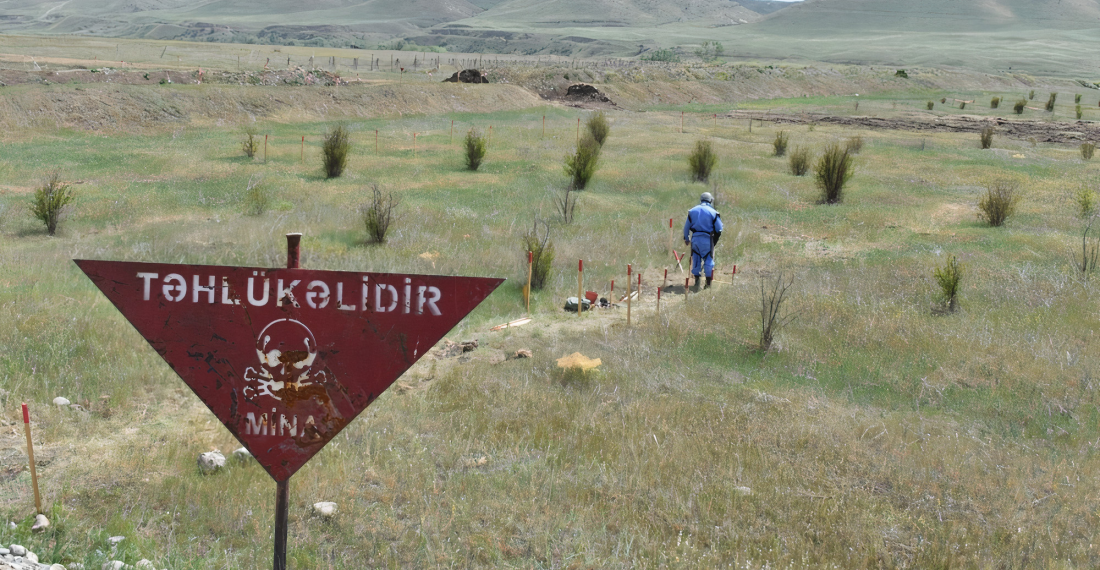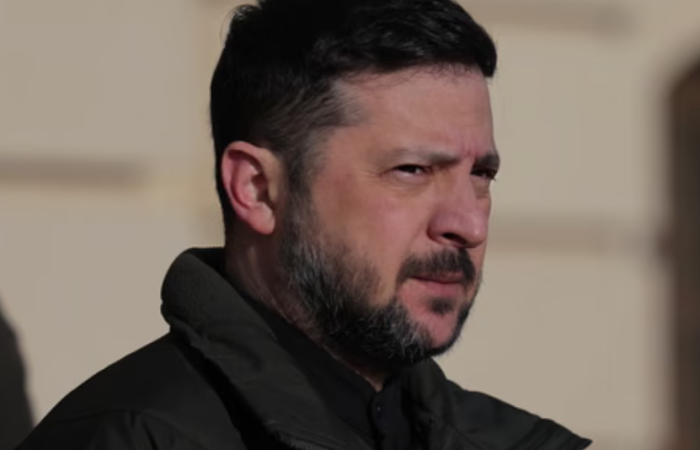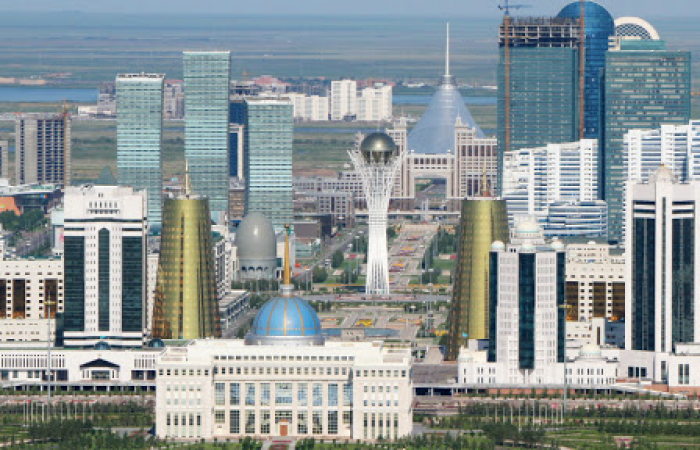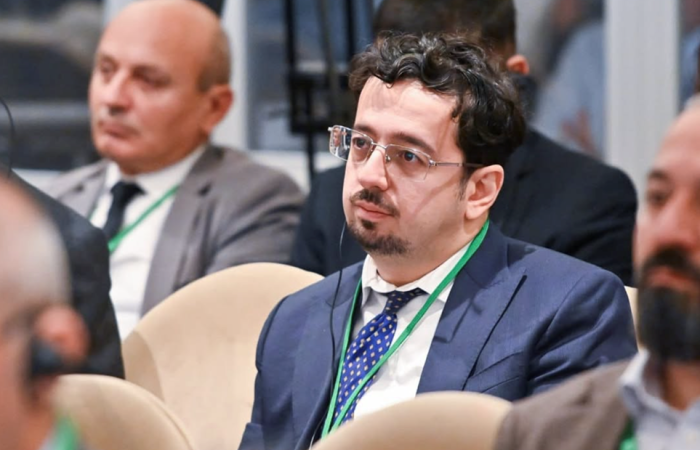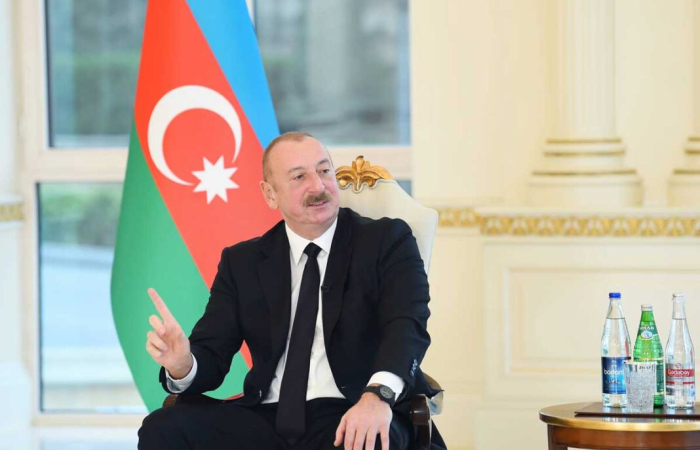"On the occasion of the 4 April, marked across the globe as the International Day for Mine Awareness and Assistance in Mine Action, Azerbaijan seeks to raise awareness about the challenges it faces with landmines in its territory," writes Vasif Huseynov in this op-ed for commonspace.eu. "Azerbaijan needs the engagement of the international community to encourage Armenia to hand over any relevant information they possess that would be helpful in the demining process. Additionally, the assistance of the international community to demine the region and provide suitable conditions for the return of the IDPs would be welcomed. The world needs to show solidarity in the fight against the challenges of this magnitude."
The liberation of the Armenia-occupied territories of Azerbaijan in 2020 was a momentous occasion for Azerbaijanis, in particular for more than 700,000 internally-displaced people who had been expelled from their homelands in the early 1990s. After decades of displacement, the Azerbaijani people had the chance to return to their homes and rebuild their communities. However, this joyous occasion has been overshadowed and marred by the widespread presence of landmines and explosive remnants of war left behind by Armenia.
The formerly-occupied territories make Azerbaijan one of the most contaminated countries with landmines and explosive remnants of war in the world. Throughout the conflict and its occupation of Azerbaijan’s territories, Armenia indiscriminately planted hundreds of thousands of mines and other explosive devices, including in civilian areas.
Unfortunately, Armenia continued to transfer landmines to the part of the Karabakh region that is under temporary control of Russia’s peacekeeping mission in violation of the trilateral statement of November 10, 2020 and planted them in the region. Since August 2022, nearly 2,700 landmines manufactured in Armenia in 2021 (i.e. after the end of the Second Karabakh War) have been discovered in Azerbaijan. Over 1,600 of these illegal landmines, as well as booby traps, have been planted in civilian areas.
Landmines kill people and complicate the rehabilitation process
Over the past two years of the post-conflict period, more than 288 Azerbaijanis were killed or injured by mine explosions, the vast majority of which were civilians, including 3 journalists. The latest victim was an Azerbaijani serviceman who was killed in a mine explosion on 2 April in the Tartar district. According to official assessments, Azerbaijan requires approximately $25 billion to solve issues related to demining, a process that would take up to 30 years.
The Azerbaijan National Agency for Mine Action (ANAMA) and the United Nations Development Programme (UNDP) have been working to clear the liberated territories of mines and other explosive weapons. As of early February 2023, a total of 64,000 hectares (158,000 acres) of the liberated territories of Azerbaijan have been cleared of mines since November 2020.
Last year, ANAMA defused 8,780 anti-personnel and 4,133 anti-tank landmines, as well as 14,950 unexploded ordnances in Azerbaijan's liberated territories. Despite the efforts of ANAMA and the UNDP, the scale of the problem remains daunting. The presence of landmines in the region continues to pose a serious threat to the safety and security of the population.
Armenia released only a “tiny portion” of mine maps
Despite attempts at formally requesting information about the location of those mines, Armenia repeatedly denied that it possessed the relevant information and refused to engage on the issue. In April 2021, a spokesperson for the Armenian Ministry of Foreign Affairs called Azerbaijan’s demand for the maps a “fake agenda”. Around two months later, the Armenian government officially confessed that they in fact possessed maps of the landmines planted in the Azerbaijani territories.
On 12 June 2021, Armenia released what then Acting Prime Minister Pashinyan confessed a day later to be a “small fraction of the maps”, with Azerbaijan releasing 15 Armenian prisoners detained after the 44-day War. These maps indicated the location of 97,000 anti-tank and anti-personnel landmines planted by Armenian and local forces in only one formerly-occupied district (Aghdam). In the following months, the Armenian government released some other pre-2020 minefield records that contained information about 390,709 anti-tank and anti-personnel landmines, as well as other explosive devices.
While these minefield maps released by Armenia cover 5% of all liberated areas, only 25% of these maps proved to be reliable. Prime Minister Pashinyan, after Armenia provided maps for 200,000 mines, admitted that these maps were only a “tiny portion” of those Armenia possessed. Nevertheless, they continue to refuse to hand over the remaining maps which seriously complicated Azerbaijan’s reconstruction efforts.
International assistance is necessary in demining
Azerbaijan has instituted legal proceedings at the International Court of Justice and the European Court of Human Rights against Armenia for violations of international law, including through the deployment of landmines to block the return of Azerbaijanis to the liberated territories. On 23 February 2023, the International Court of Justice issued its decisions on measures requested by Azerbaijan with respect to planting mines and other explosives by Armenia in the territory of Azerbaijan.
The Court decided not to revisit its prior conclusion that Armenia's placement of landmines does not meet the requirements for the issuance of provisional measures. Azerbaijan considers that this was not a decision based on the merits of the case, and continues to seek to hold Armenia accountable and raise the issue of landmines and booby traps.
On the occasion of the 4 April, marked across the globe as the International Day for Mine Awareness and Assistance in Mine Action, Azerbaijan seeks to raise awareness about the challenges it faces with landmines in its territory. Azerbaijan needs the engagement of the international community to encourage Armenia to hand over any relevant information they possess that would be helpful in the demining process. Additionally, the assistance of the international community to demine the region and provide suitable conditions for the return of the IDPs would be welcomed. The world needs to show solidarity in the fight against the challenges of this magnitude.
source: This op-ed was prepared for commonspace.eu by Dr Vasif Huseynov, Head of Department at the Centre of Analysis of International Relations (AIR Centre) and Adjunct Lecturer at Khazar University in Baku, Azerbaijan.
photo: AzerTag
The views expressed in opinion pieces and commentaries do not necessarily reflect the position of commonspace.eu or its partners



